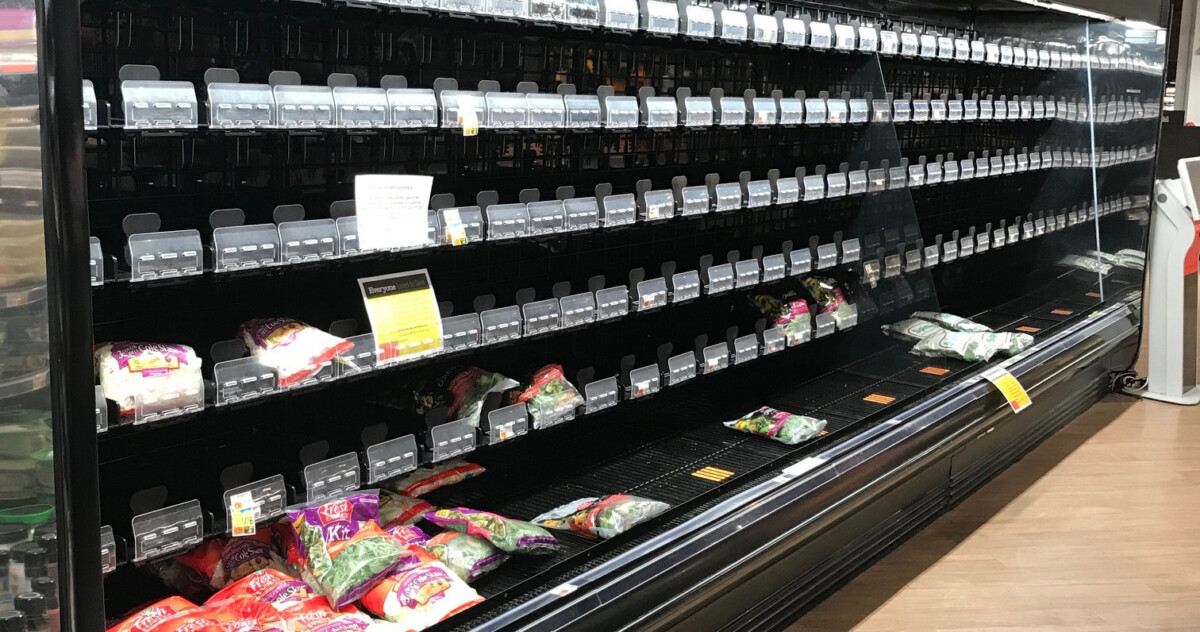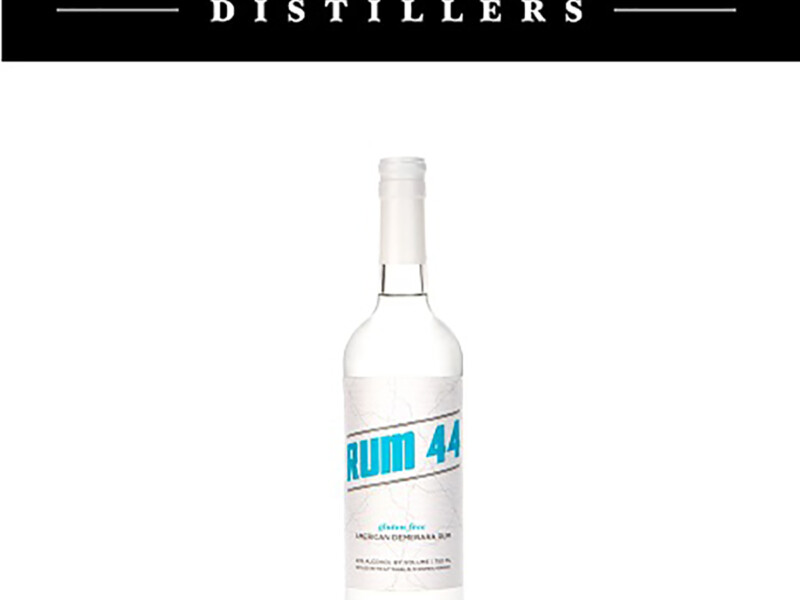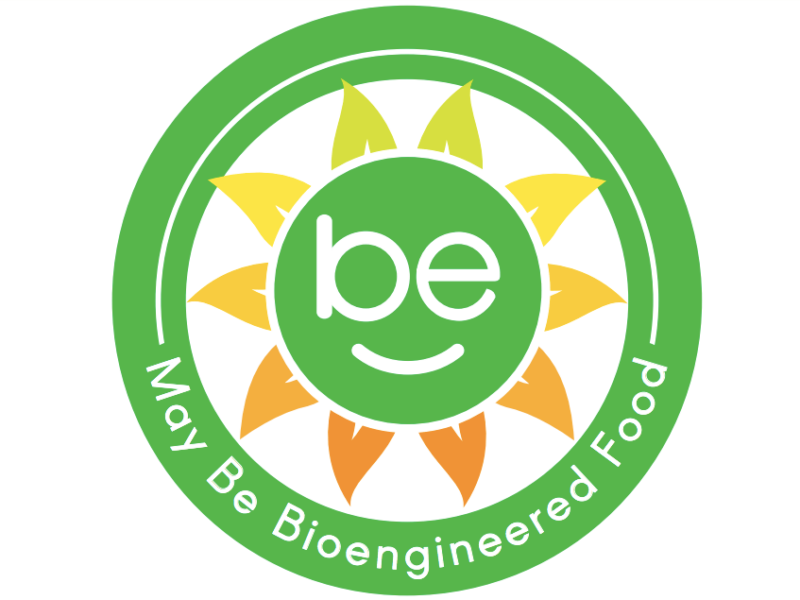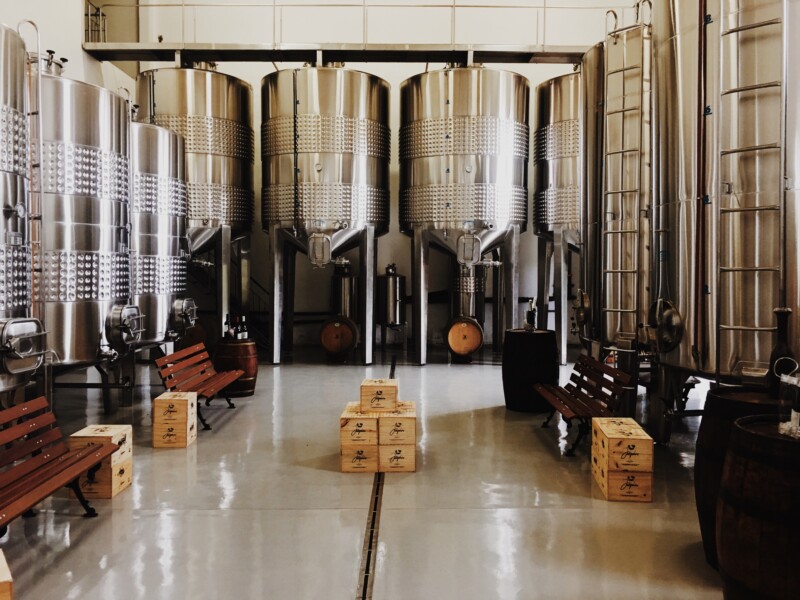
2018 was a bad year for lettuce.
On January 10, 2018 the CDC reported that a 2017 E. coli outbreak “likely related to” unidentified “leafy greens” had ended. The multi-state outbreak involving infections in 15 U.S. states and five Canadian provinces finally seemed to have come to a head (sorry), with the last illness reported on December 12, 2017. Officials could not yet identify the leafy green culprit, but the short shelf-life of the product led them to believe that — after a month with no further illnesses reported — they could trust that the outbreak had ended on its own. U.S. officials were unable to identify the source, but Canada linked the outbreak to romaine lettuce of unknown origin.
During the 2017 outbreak, nearly 60 people were sickened, about 30 were hospitalized and two people died.
Unfortunately, the outbreak hadn’t ended as the CDC had thought.
Timeline of 2018 romaine crisis
April 4, 2018
Another cluster of E. coli infections of the same strain that caused the 2017 outbreak — O157:H7 — is reported to the FDA. The FDA investigates and reports the outbreak to the public, but the source of the sickness is still a mystery.
April 13, 2018
The FDA identifies “chopped romaine” from the Yuma, Arizona growing region as the source of the outbreak. Officials still do not know which specific farms produced the tainted lettuce.
May 31, 2018
FDA investigators are able to trace the romaine to an aggregate producer but, still mired in the manual review of hundreds of records, they are unable to trace the lettuce back to individual ranches.
June 2018
The FDA declares the April outbreak over, though they still have not identified the origin of the contamination.
The outbreak had caused the illness of 210 individuals in 36 states and 96 people were hospitalized. 5 people died.
November 2018
The E. coli strain O157:H7 revives — like a horror movie villain.
The FDA knows the contamination isn’t from Yuma because the Yuma growing season has ended. Genetic analysis of the strain (obtained from the ill patients) confirms that the Fall 2018 outbreak is genetically related to the Fall 2017 outbreak, but not the Spring 2018 outbreak. Though officials can deduce that the offending romaine comes from California — as 98% of the nation’s romaine comes from only California and Arizona — officials still do not know where the E. coli is originating.
November 20, 2018
The FDA issues a statement:
The FDA is conducting a traceback investigation to determine the source of the romaine lettuce eaten by people who became sick. Additionally, FDA and states are conducting laboratory analysis of romaine lettuce samples potentially linked to the outbreak
The FDA does not have enough traceback information to identify the source of the contamination that would allow us to request a targeted recall from specific suppliers.
U.S. Food and Drug Administration, FDA Continues Investigation
into Source of E. coli 0157:H7 Outbreak Linked to Romaine Lettuce
Grown in CA; CDC Reports End to Associated Illnesses, updated January 9, 2019
Consequently, the FDA advises consumers and all members of the food supply chain to take ALL the romaine lettuce off the market and destroy it.
It is Romainageddon.
FDA investigators continue to review shipping records and invoices to trace the supply from where people got sick to where the produce was grown. It takes a week to narrow the source to six central Californian counties — still a huge net, capturing nearly all the growers in the “Salad Bowl of the World,” where 75-percent of the country’s romaine lettuce is grown.
December 13, 2018
Investigators are able to identify one farm in Santa Barbara County with water contaminated with the strain of E. coli responsible for the outbreak.
January 2019
The FDA still does not know the original source of the Fall 2018 outbreak. The CDC reports that, based on the date of the last illness, the outbreak appears to be over, but we’ve seen this movie before. Until investigators identify the source of the contamination, another E. coli outbreak is all but assured.
The Fall 2018 outbreak resulted in 62 illnesses and 25 hospitalizations in 17 U.S. states and 29 illnesses in 4 Canadian provinces. Fortunately, there were no deaths in either country this time.
Impacts on romaine growers, distributors and others
Farmers were harmed, too. Most food producers — including growers, distributors and retailers — have insurance, either directly or as third-party insureds, to cover the expenses and losses of a recall.
Unfortunately, the romaine lettuce withdrawal differed from other food recalls in a way that may inhibit access to those insurance policies. The FDA’s inability to pinpoint the origin of the contamination prevented the FDA from issuing formal recalls to each of the individual growers. They instead issued a blanket request to pull and destroy all the romaine lettuce in the supply chain and such a general request likely failed to trigger an insurable loss that would enable growers, distributors and others to make claims to their insurers for compensation.
The fallout is still developing, but most of the growers and distributors will likely never be compensated for their losses.
In an outbreak, time saves lives
When it comes to outbreaks and recalls, time saves lives, money and businesses. Consider the traceability challenges that plagued officials: having to review records through the supply chain manually, working back stage by stage, while a critical contagion roared on.
Had officials been able to trace the California lettuce back to its source in 2017, they may have prevented the Fall 2018 outbreak from occurring. And if they had been able to more quickly identify the source of the Yuma outbreak and the retail points for those particular units, they could have prevented the later illnesses and avoided the unnecessary removal of healthy, untainted product from the market.
Tracing produce presents special challenges because individual items from varying sources are frequently mixed together along the supply chain. Complicating matters further, individual identifiers – a sticker, a bag, a tie – are removed before consumption and usually disposed before a person gets sick, making identification difficult. Other products, like grain, create other challenges, as traceability may only go back as far as a large geographic area where the product is co-mingled before distribution.
Products sold in boxes or bags that carry scannable identifiers and codes that remain in the consumer’s possession as smaller portions are consumed may be easier to trace. However, if a contaminant entered the product from an environment other than the plant where it was produced — for instance, from an ingredient like flour — traceability challenges rise again.
Even where the data is available to trace a product all the way back to its source, the process is still largely manual. Investigators interview patients to find common foods between them that may be the source. Investigators then have to return to the retail locations where the products were purchased, trace the retailer’s records back to the distributors, investigate the distributors’ records, and — if there is an imported food or ingredient — investigate those records. And on and on.
What does all this lettuce tracing have to do with blockchain?
The food supply chain is complex, involving multiple participants with differing systems for verifying and tracking their products. Producers, distributors and retailers rely on intermediaries like transportation partners and third-party warehouses, creating further opportunity for inefficiencies or breaks in the chain. Parties that track products only on paper — they still exist — or on fixed computers with local servers, make review even more difficult and vulnerable to error or fraud.
Blockchain technology can streamline the tracking and review process by enabling systems and services in the cloud that are accessible to supply chain participants while still securing the information against unauthorized access. End-to-end participation is critical to the blockchain system’s success, so a well-designed system accepts information in a variety of formats, allowing each industry member to participate without requiring complete uniformity.
Once established —provided all members of the industry, from the grower to the retailer, participate — a single item can be efficiently tracked from the farm right to the check-out counter, enabling more efficient traceability and a reliable verification system for a wide variety of purposes including provenance, purity, organic certification, and the like.
In the case of romaine lettuce, a tie might be applied to the unit, bearing a unique, scannable identifier. As that head of lettuce moves through the system, the item is scanned or, if it is bulked with other heads of lettuce, its inclusion is recorded. Once the item is separated again, it continues to be scanned individually as it moves through the chain.
Finally, as the item is scanned at the register, it may be uploaded to a customer’s unique database, either as part of the supply chain system or in the retailer’s customer database, which can either identify the customer explicitly or in an encrypted fashion that can only be unencrypted in the case of a crisis.
If that customer later falls ill and romaine lettuce is the suspected source of her illness, all she must know is that she bought the produce from Supermarket, Inc. From there, investigators can — in seconds — determine exactly what farm grew that head and who handled it while it traversed the supply chain.
But why blockchain?
In a blockchain system, each participant uploads its piece of the chain in the form of a uniquely identifiable digital block of data. Each piece — or block — is connected to the one before it and the next uploaded block is connected after it. Once uploaded, individual blocks cannot be altered, and connections between blocks cannot be broken without causing an obvious fault in and disconnect down the chain.
Piece by piece, the chain is forged and, like a deed registry, amendments must be added to the end of an existing chain. A block cannot be inserted in the middle. In this way, the history of the chain is immutably preserved.
Transactions are kept organized, verifiable, protected where necessary and accessible when necessary to authorized parties. Although it is easier to envision a linear chain to make sense of the technology, the blockchain system is not linear. The blockchain is a shared system organized by its immutable connections, with each block or group of blocks residing in different locations — a “distributed ledger.” By its nature, a blockchain system avoids the need to reconcile individual ledgers while its distribution shields the information from hacking or other unauthorized access.
Reuters has an excellent animated graphic to help explain how the blockchain works here.
A unified system like this could provide a verifiable, secure, end-to-end record of a food’s progress from farm to table, allowing investigators in the midst of an outbreak to trace a food and its ingredients in seconds, rather than days or weeks or months.
How would blockchain have prevented Romainaggedon?
Blockchain may not be able to prevent an initial contamination, but once one is detected, investigators can move more rapidly with a scalpel rather than a chainsaw. They can quickly identify and trace product to the source, remove just the contaminated products from the market, and work to address the cause without disturbing the entire market and suffering delays that result in more consumers falling ill.
In the case of the 2018 crisis, the subsequent romaine withdrawals may have been avoided, unaffected product may have remained on the shelves for purchase, fewer people may have become ill and the lettuce industry would not have suffered such a great loss in consumer confidence.
But blockchain may be able to do even more. The technology is only in its infancy. As the “Internet of Things” develops, food supply tracing systems based on blockchain technology may also interact with water and soil testing systems, refrigeration units, self-inspecting production lines or any other developing technologies that affect the safety of agricultural and produced foods, potentially making the entire system safer, with verifiable provenance and purity.
For a webinar I presented with my colleague Oliver Goodenough on blockchain and the food supply chain, click here. To learn more about developments in the food industry and food safety, check out Dr. Omar A. Oyarzabal and his programs at the University of Vermont Extension.
Blockchain is expected to revolutionize supply chains, especially those which, like food and beverages, depend upon provenance, purity and safety. But it can also be applied to a variety of industries such as real estate, finance and insurance. For more on blockchain, head over to my colleagues’ Blockchain Law Blog here.
Update February 5, 2019: Food Safety Magazine today published this excellent article on blockchain, traceability and food safety.




